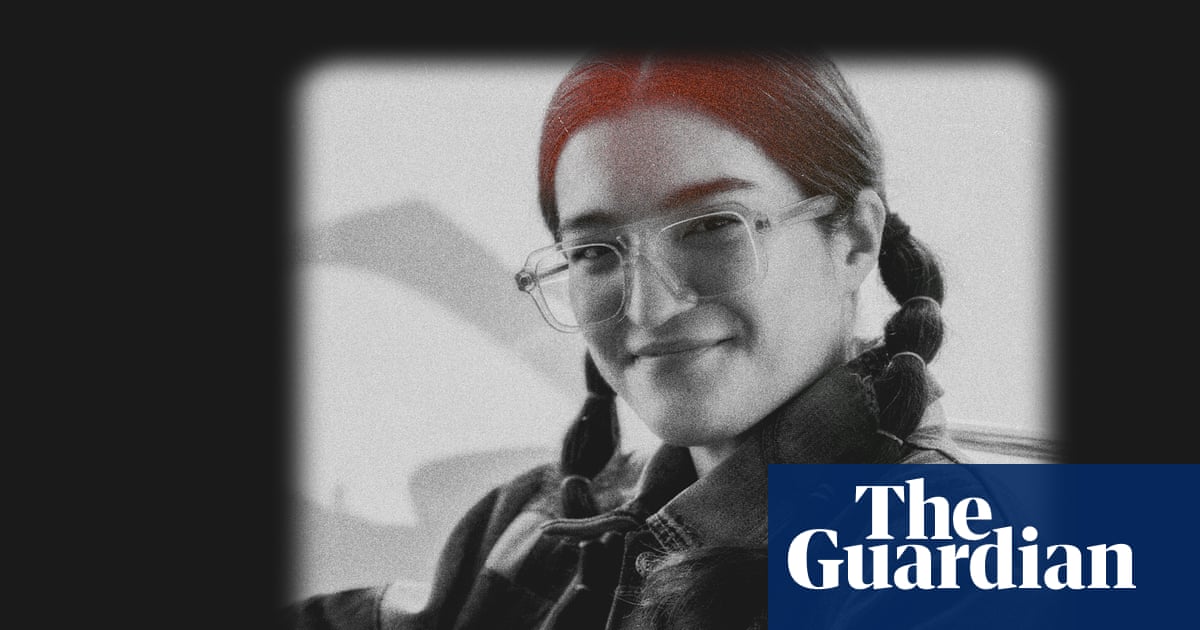Not much challenged the orthodoxy of glamour in fashion and decor through the 1980s. Proliferating glossy magazines celebrated revived couture, promoted luxury goods and displayed them on perfect human specimens in ideal settings. They did not care for, or cater to, the young, poor or inventive. Youthful street daywear was not their business.
But there was another magazine world – notably the Face and i-D – which had come out of music and pop culture. By the late 80s, freelancers for these, especially the stylist Melanie Ward, just out of college, were experimenting with emphatically different clothes and the ways to wear them, to create photographs that were more than an alternative to perfection. They proposed a realism that dominated the future presentation of fashion.

Ward, who has died aged 64 of cancer, was the creative force behind the Face’s revolutionary “3rd Summer of Love” cover and sequence in July 1990. The then-current concept of a carefree beach pic was Peter Lindbergh’s shot of six tanned, strapping supermodels in sun and surf at Santa Monica, wearing big white shirts, mostly linen. (Think of the ironing, a task for a stylist.) Ward and the photographer Corinne Day took the recently discovered Kate Moss, aged 16, to scrubby Camber Sands on the English south coast, where they dressed Moss up in Ward’s choice mix of unironed clothes, which she recalled as “some mine, some vintage, customised, even some designer” plus unchic Birkenstock sandals and a feather head-dress. Moss contributed her grin and skin, occasionally goosebumped with chill.
The resultant pictures were no less professional than a couture studio-shot for Vogue, but in showing a cheeky woman having a cheap good time in what seemed her own wardrobe, they were what we would now call relatable. Ward said her choices were “character-driven” – which is how movie costume designers work, rather than fashion editors then – and that they were about “a democratic freedom to express yourself, be different and also be true to yourself”. She had always known what to put together and how, and used her knowledge just when a stylist – previously the fashion show or shoot fixer, gofer and dogsbody – was becoming as important to imagery as the photographer.
As this novel sort of stylist, Ward pre-selected from an ever-increasing amount of garments available across brands, like a DJ choosing among new releases; she said “the street, fashion and music were inextricably linked”. She collected old or odd pieces anywhere, from Oxfam shops (a source for grunge before that mode got its name) to Portobello Road stalls, and made others herself: the words “stylist’s own” in the captions often described the most desirable item in her pictures. She observed how ordinary people in London streets wore fusion outfits, cardigan over sari, anorak with a thobe robe.
Above all, Ward’s styling was about attitude – her chosen models had to show they were wearing the clothes and not the clothes them: they came over as fierce, or cracking up with real laughter, previously not-done. She ignored long-established fashion criteria in her own appearance and in shoots – no visibly “done” hair and make-up, expensive exclusive details. As the journalist Marion Hume wrote on encountering Ward in 1993, she did not “look important … smart and shiny no longer means power. Watch the person who looks thrown together … who has no passing acquaintance with a comb.”
The anti-glam, even dirty realist, mood soon became the mode. When Hume met Ward, in an army surplus jacket with “hair tugged back in an elastic band”, she had just been approached by Calvin Klein and Jil Sander. In addition, a young Helmut Lang had sent a fan letter to Ward, via the wrong magazine, which eventually reached her. They met and she forthwith became his muse and creative partner for 13 years, working on ads with the photographer David Sims; her creative input took many forms – she bought Lang a pair of boy’s black school uniform trousers from John Lewis to recut, and the resultant “boy-tailored pants” became a Lang standard.

For the rest of her life, Ward styled shows and ads for many major houses including Chanel, Dior, Lanvin, Armani, Gucci, Versace and Prada, and was for a while a creative director with Karl Lagerfeld’s own line. And she produced work for Nike, Levi’s, and, less expectedly, for Apple. (Ward hated the word “minimalist” but grudgingly accepted “modernist”.)
In 1995, the fashion establishment, in the stately form of US Harper’s Bazaar, had invited her to join it as senior fashion editor, where she remained until 2009. The appointment acknowledged that her vision of how clothes possibly could, not definitely should, be worn by imperfect, unimportant people had permanently changed the presentation of fashion. She put together high and very low labels, vintage, rawest streetwear, museum pieces and tat that went beyond dodgy taste into comedy.
Ward was born in Whitechapel, and her view of London and its people skewed from its east. Her father, Les Ward, worked in retail; to her mother, Honor, a headteacher, Ward attributed her lifelong interest in clothes, which Ward learned young to make, or make over. She attended the Ursuline high school in Ilford, and recalled being enthusiastically naughty at the convent.
After gaining a London University degree in politics and languages, she realised that the college-era evenings she had spent at her sewing machine pointed to her metier, and studied at Central Saint Martins, where she won an award for daywear. (In 2010 Ward briefly designed for her own ready-to-wear label, Blouson Noir, but never enjoyed the manufacturing side of the business.) Her own style – quiet but absolute and sure – soon brought her styling work.
Imperfect Beauty, an exhibition about contemporary fashion photography at the Victoria & Albert Museum in 2000 put Ward’s name, as stylist, on captions along with the photographer’s: a breakthrough.
Ward is survived by her father.

 2 hours ago
8
2 hours ago
8

















































